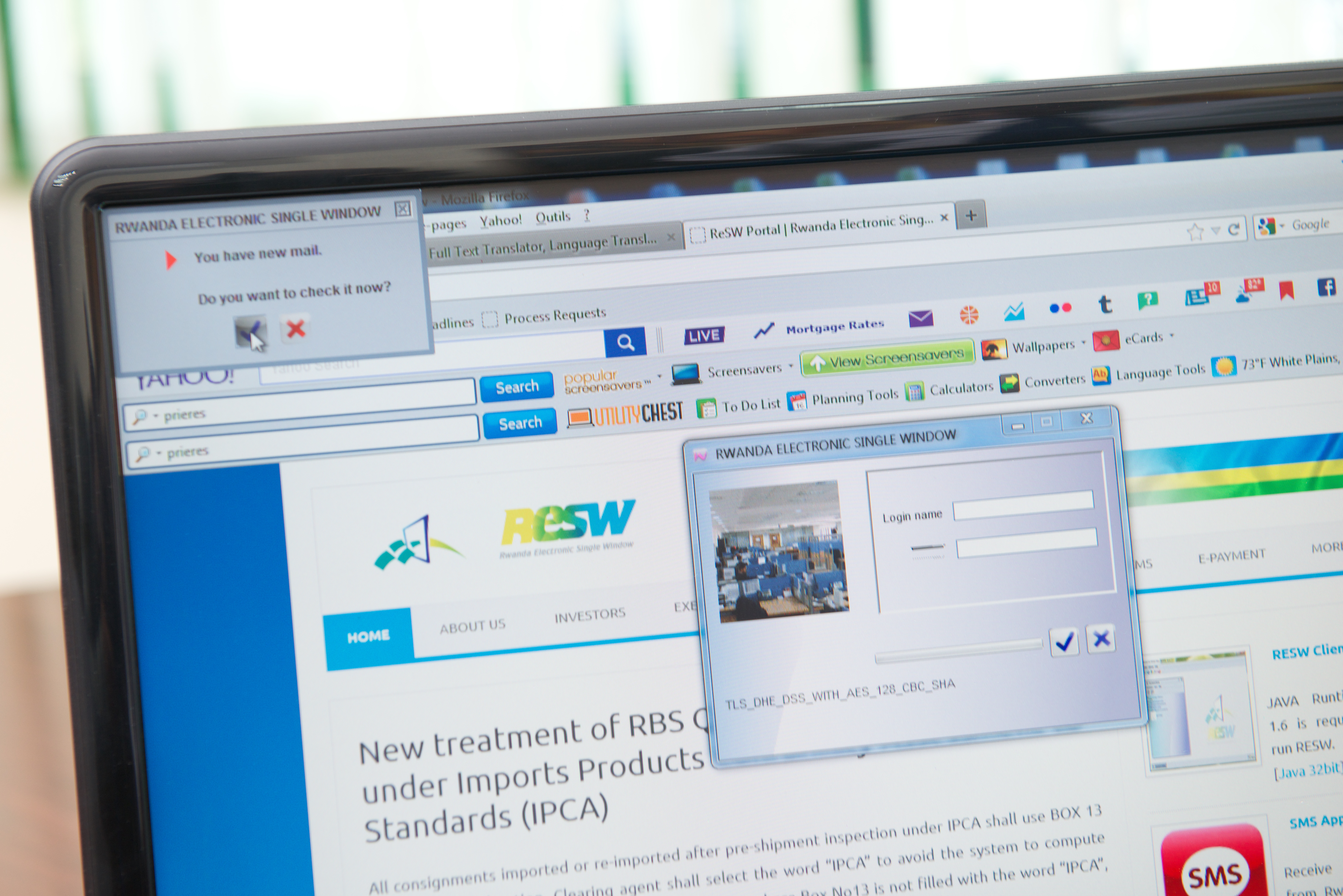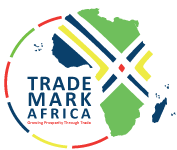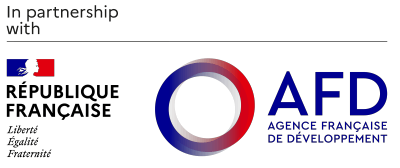Establishing a Formal Trade Portal
A Trade Portal is a web-based trade facilitation tool that provides reliable and up to date information on all laws, regulations and procedures for traders and government agencies involved in the import and export of goods. The tool complements the overall goal of the electronic single window since it reduces the time and costs of obtaining information whilst offering greater transparency and predictability to trade transactions (World Bank, 2014). The Trade Portal is often considered a ‘first step’ towards the implementation of an eSW and increasingly seen as a way of promoting greater trade facilitation. (Pugliatti,2014).
For WTO members, a Trade Portal assists them in complying with the new Trade Facilitation Agreement commitments related to Article 1 on publication and availability of information. The main obligations under this article is that Member States are required to publish ‘promptly’ a wide range of specific information related to requirements and procedure of clearing goods for import and export. In addition, Member States are required to publish this information on the internet (ITC, 2013).
Despite the benefits of a Trade Portal, the development of this intervention can be extremely challenging for developing countries. Pugliatti (2014) provides a practical guideline for the steps required to develop a Trade Portal. The first step is to define the scope of the Portal in terms of the information that will be published, identifying key agencies that play a role in trade and what information they oversee as well as setting up a governance structure that will guarantee that all agencies collaborate on feeding all relevant information. This is particularly challenging due to the various regulatory requirements and agencies involved in trading activities. Other steps of developing a Trade Portal include defining an ICT systems and operational model and consider the intervention on-going sustainability in terms of maintaining the information accurate and up to date and defining a financing mechanism. During implementation main challenges include maintaining IT equipment and expertise and sensitizing traders and other stakeholders on the reliability and benefits of the portal.
Operational Trade Portals
Several developing countries have operational Trade Portals, however the most cited in the literature include the Lao PDR Trade Portal and the Lesotho Trade Portal. The Lao PDR Trade Development Facility Project was supported by a multi-donor trust fund administered by the World Bank and involved a cost of EUR 230,000 (Moses, 2013). In the case of Lao, the Trade Portal is one of the trade facilitation interventions being implemented as part of the government’s blueprint for the establishment of the National Single Window (Record, Mclinde & Siva, 2013).
The Portal is hosted by the Department of Import and Export of the Ministry of Industry and Commerce and offers a guide import and export for traders and other stakeholders engaged in trading activities that offers information on customs laws, regulations, procedures, fees and taxes. The portal also makes available information on the several government agencies involved in trade and several publications on various topics related to trade including trade facilitation and market access. The Trade Portal also serves as a WTO TBT/SPS enquire point for information on proposed and adopted technical rules and regulation, standards and conformity assessment procedure of Lao and other countries. In the near future the Portal will also incorporate functionalities to facilitate public consultations between the administration and the private sector on new regulations, procedures or non-tariff measures (Moses, 2013). Despite challenges, such as keep the information on the website up to date, and no formal assessment of the impacts of the portal, the intervention is considered a case of success and it is being replicated in Lesotho.
Using the technology of the Trade Portal in Laos, the Lesotho Trade Portal is being hosted by the One-Stop Business Facilitation Centre (One Stop Shop), an initiative of the Government of Lesotho that aims at creating a conducive business environment in the country. It makes use of the same approach and, similar to the Trade Lao Trade Portal, makes available to traders a guide on exports and imports and information on the various government agencies involved in trading activities (Lesotho Trade Portal, 2015). In Lesotho, the Trade Portal will also support public private dialogue between traders in the region and relevant authorities.
The Trade Portal being funded by the World Bank Trade Facilitation Facility. It is one component of a $1.7m project whose original aim was to harmonize customs and border procedures between Lesotho and South Africa in order to promote trade and FDI. Following some preliminary work, the focus of this grant was moved away from promoting closer collaboration between the South African Revenue Authority and the Lesotho Revenue Authority (LRA), and towards improving the customs procedures of Lesotho.
Although the Trade Portal has only been launched an Impact Study commissioned by the TFF and a recent evaluation of the TFF have found good results regarding the trade portal, including positive signs of sustainability. One of the positive aspects was that the Trade Portal required an MOU to be signed between 9 border organisations, and the process of collating the information for the Trade Portal required extensive coordination. This is seen by stakeholders to have had a lasting impact on the way they interact with each other. In addition, interviews with stakeholders have shown that beneficiaries are very satisfied with the services provided by the portal, acknowledging it as a useful tool that increases their knowledge. Despite the achievements, the project still needs to improve its outreach. Only 55 per cent of traders indicated that the Portal provides clear and detailed information. Other challenges include the lack of awareness and trust from traders on the information provided on the website.















